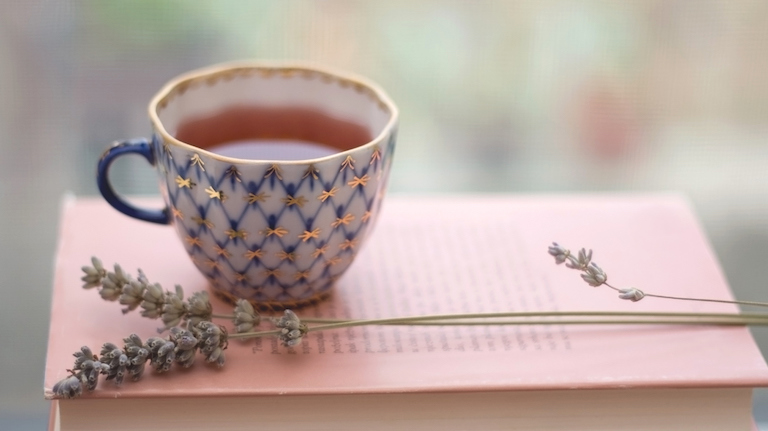Good news. You don’t have to pretend to love green tea anymore. Black tea – even with milk added – can be just as healthy. Here’s how to get it right
While we’re always hearing about the benefits of green tea, there are many reasons to drink black tea – not least of which the stuff seems to help fix everything from an emotional meltdown to high cholesterol for us Brits.
So, what makes black tea black? All types of tea are made from the same plant leaves, which contain a group of flavonoids called catechins. In green tea, the primary flavonoids are catechins, the famed antioxidants that make it so good for you.
When the leaves are further processed to produce black tea, the catechins form new flavonoids called theaflavins and thearubigins, which is where its health benefits come from.
Heart benefits
Just last week a Chinese study on 80,000 people found that drinking a cup or more of black tea daily could be beneficial for heart health as you age.
The research found that drinking tea slowed down the natural decrease in HDL cholesterol (that’s the good type) that occurred as people got older and those that drank just a cup or more a day had eight per cent fewer heart attacks.
A Chinese study on 80,000 people found that drinking a cup of black tea daily could be beneficial for heart health.
Not a bad result for a daily cup of tea.
Weight loss
In October last year, research published in the European Journal of Nutrition, found that black tea stimulates the production of good bacteria in the gut and changes our energy metabolism in the liver via gut metabolites, boosting weight loss.
‘Tea is also a low-calorie liquid that can also help keep you full between meals,’ says nutritionist Rick Hay.
It really DOES make you feel better
That whole ‘a cup of tea fixes everything’ thing? Well, it might not exactly pay your mortgage but it turns out, tea really does help calm the nerves. ‘Theanine is an amino acid found in black and green teas that helps reduce anxiety and stimulates production of the brain neurotransmitter that has a relaxing, calming effect,’ says Hay.
One study even found that drinking tea could lower levels of the stress hormone cortisol and helped people relax who had been subjected to difficult and stressful tasks.
5 steps to a perfectly proper brew
Editor (and tea addict) Anna Magee talks to a tea expert about how to make the perfect cuppa.
Tea-making rule #1: Know your leaves from your dust
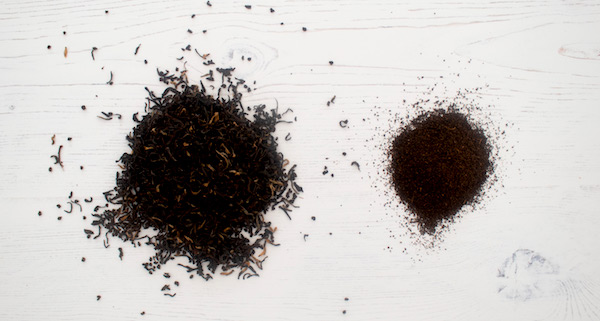
If you’ve ever broken open a teabag or regular bog-standard tea and put it side-by-side with a higher quality, larger leaf tea, the difference is staggering.
One literally looks like dust and the other, well, you can actually see the leaves.
‘There are two ways to manufacture tea,’ says Louise Cheadle, co-founder and tea taster for teapigs. ‘CTC or cut, tear and curl and orthodox manufacture.
‘CTC was developed for the fast infusing tea bag market. Little bits of leaf will infuse quicker so are suitable for the dunk and run tea bag user.
‘Orthodox manufacturer keeps the leaves larger and twisted and allows for more complex and delicate flavours in the tea.
‘Big leaf teas not only look great, they have complex flavours that you can’t get with a dusty, small leaf tea,’ says Cheadle.
Tea-making rule #2: Choose your region
‘The taste of the tea varies by region because soil, altitude and weather all play a part in the flavour of the tea,’ says Cheadle.
A tea from Ceylon is delicate and full of flavour, she explains. ‘Darjeeling is more like green tea, very light and fragrant, East African teas are strong and colourful and Assam tea is thick and malty – the kind of gutsy tea the British pallet likes,’ says Cheadle.
The taste of the tea varies by region because soil, altitude and weather all play a part in the flavour of the tea.
Try teapigs’ Darjeeling, Earl Grey Strong (a rich blend of Assam, Rwandan, Ceylon and Darjeeling blended with bergamot), Chai Tea (a malty Assam tea blended with cardamom pods, cinnamon, ginger and vanilla that’s ridiculously spicy and delicious and helps curb afternoon chocolate cravings) or Everyday Brew (a blend of Assam, Ceylon and Rwandan whole leaf teas that’s malty and balanced).
‘In the UK, we’re used to a tea that’s a blend from different regions balanced to taste great with milk added,’ says Cheadle.
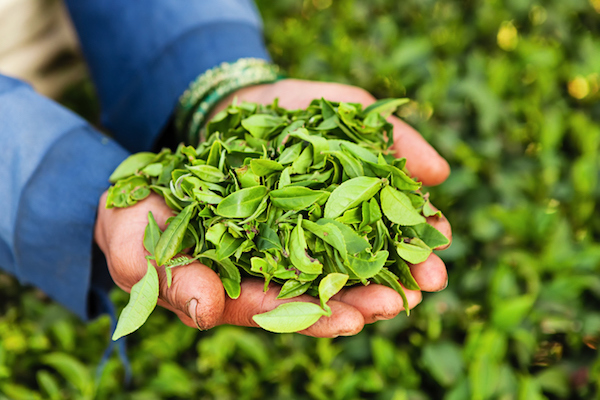
Tea-making rule #3: Find the right packaging
Like wine, tea varies in quality. There are tea estates who produce lots of tea quickly and package it into paper bags for the mass market.
Others, like teapigs, pick the leaves from the top of the tea bush only, rather than some of the lower leaves, which are generally not as flavourful, Cheadle asserts.
Generally, a loose-leaf tea or one packaged ‘temple-style’ in mesh will have a more delicate and rich flavour than a tea in a paper bag. ‘Tea also picks up scents, so tea in a paper bag often tastes like paper,’ says Cheadle. ‘We brought the biodegradable mesh tea bag to the UK market 11 years ago, but more and more brands are following suit, with more plastic-free options available than ever before’
A loose-leaf tea or one packaged ‘temple-style’ in mesh will have a more delicate and rich flavour than a tea in a paper bag.
Tea-making rule #4: Use water boiled to 100 degrees
Use freshly drawn water, not re-boiled from the kettle and make sure you heat the water to the correct temperature. Black teas and herbal infusions need 100 degrees, boiling water.
Green tea, white tea and oolong don’t like boiling water as it will scorch the leaves and take away from their delicate flavour, Cheadle suggests. Technically, you’re meant to use 80 degree water, but grabbing the kettle just before it boils does the same trick.
Now, let it brew for three minutes to allow the flavours of the large leaf to infuse. If you’re adding milk, add it after you’ve removed the leaves or tea temple.
But does it affect the benefits? ‘Some say the protein casein in milk inhibits some of the antioxidant benefits of black tea,’ says Hay. ‘But then again, if you enjoy it with milk and that makes you feel good, the anti-stress benefits will be a good thing!’
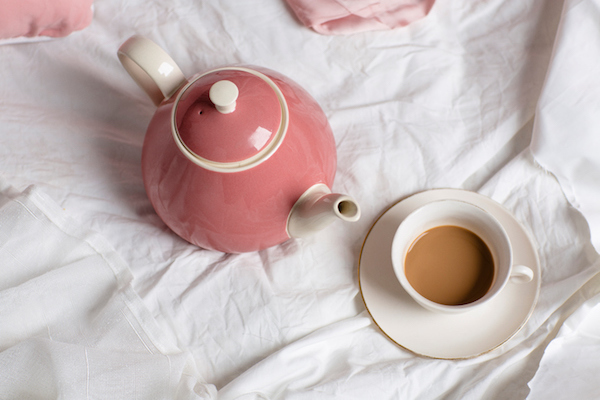
Tea-making rule #5: Get a sustainable brew
Whether it’s because of high-volume farming that results in alterations to soil and farmland or the use of plastics or artificial pesticides and fertilisers during production, many of us are looking closer at our tea labels for a more sustainable brew. Questions to ask yourself include:
Does it contain plastic? The majority of paper tea bags contain a small amount of plastic, making them not 100 per cent biodegradable. teapigs’ tea ‘temples’ are 100 per cent biodegradable and plastic-free, and best recycled with your local food waste collection. In an exciting development, rather than being packed in a layer of plastic, like many teabag brands, they’re now packed into a material called Natureflex, made from wood pulp that’s 100 per cent compostable at home.
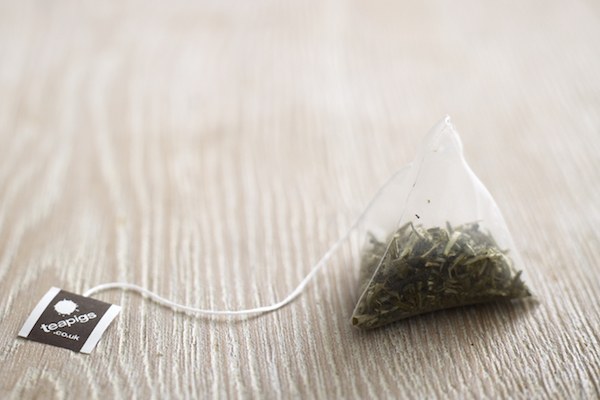
Where does it come from? Figuring out where your tea comes can seem a little harder than checking for plastic wrapping. But it needn’t be. You can look for Rainforest Alliance certification which helps to ensure sustainable agriculture and check whether they’re part of the Ethical Tea Partnership, a non-profit organisation working to improve the lives of tea workers and smallholder farmers and the environment in which tea is produced.
Does the tea give back? Tea growing communities are often some of the poorest in the world, which is why most tea companies worth their weight will invest heavily into the local areas. Most of the ones that do this will shout about it on packets and on their websites.
As part of their ethical scheme for example, teapigs have so far donated £200,000 to the Point Foundation, a charity that work with vulnerable members of the tea growing communities in Gisenyi, Rwanda, where they source their Everyday Brew.
More Healthista Content
8 ways a cup of tea CAN fix anything
30 Weight loss tips in 30 days – #23 Drink green tea
10 best-tasting green teas for people who don’t like green tea
Want more energy? Join our Matcha Tea Makeover
Like this article? Sign up to our newsletter to get more articles like this delivered straight to your inbox.



